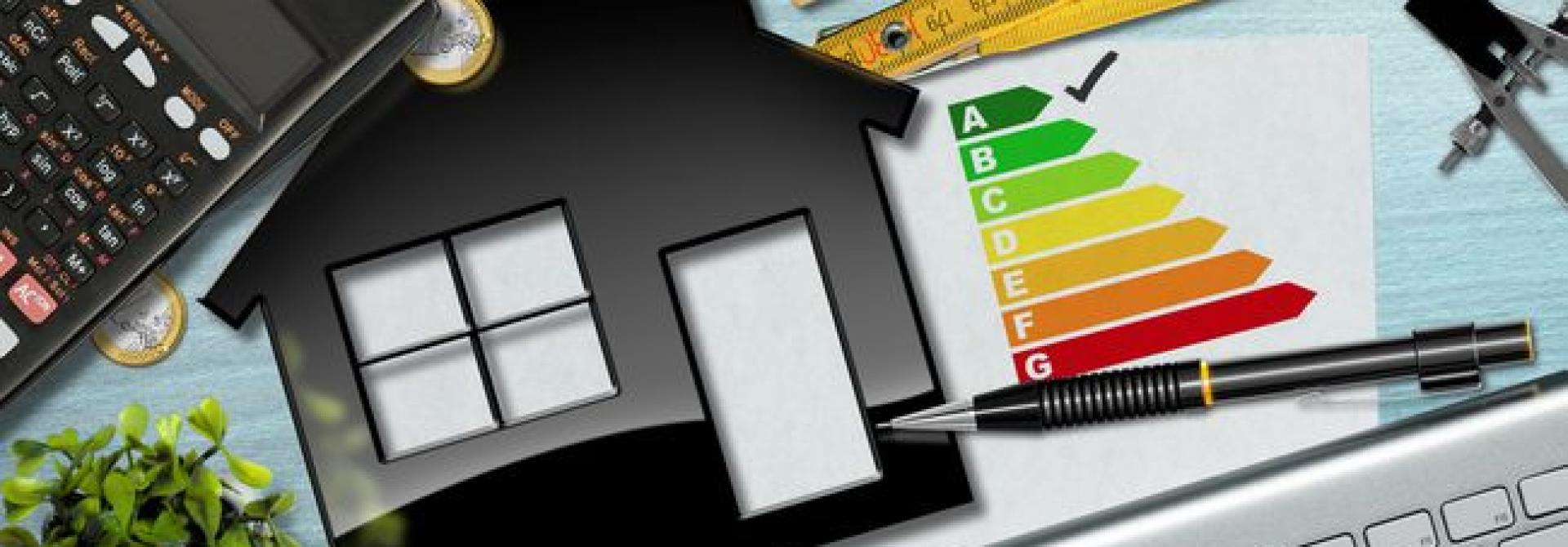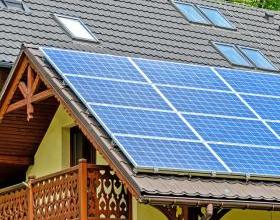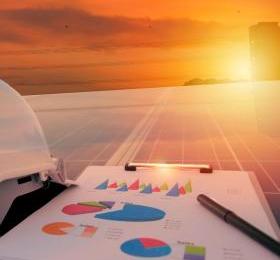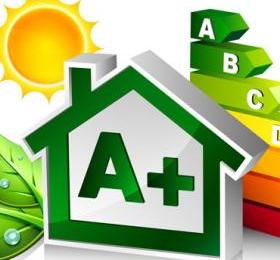The first details on the news arrive from the Director Ernesto Maria Ruffini: from the data to be communicated, to the methods of exercising the option for the discount on the invoice and for the transfer of the 110% eco-bonus.
The guide to the 110% super bonus and the related circular are about to arrive, with the first instructions on the news provided by the relaunch decree. From the admitted jobs, passing through the beneficiaries, up to the two big news: the assignment of credit and the discount on the invoice.
The guide of the Revenue Agency will contain a first informative illustration of the main news regarding the deductions introduced by the Relaunch Decree. The interpretative circular will be published next week.
Superbonus 110%, facilitated and beneficiary interventions
Ruffini recalled the characteristics of the superbonus 110%:
- valid from 1st July 2020 to 31st December 2021;
- subsidized interventions, that is those that increase the level of energy efficiency of existing buildings and those that are earthquake-proof;
- the beneficiaries who are the condominiums, the natural persons who do not carry out business activities, the independent institutes of public housing, the undivided housing cooperatives, the third sector entities and amateur sports associations.
The superbonus is not eligible for interventions carried out on residential real estate units belonging to the cadastral categories A1 (stately homes), A8 (villas) and A9 (castles).
The bonus - stressed Ruffini - is up to:
- both for the "driving" interventions (thermal insulation of the opaque surfaces affecting the building envelope with an incidence greater than 25% of the surface, replacement of the existing winter air conditioning systems with systems for heating, cooling or supply particularly performing hot water, anti-seismic interventions);
- and for those "towed" carried out jointly (energy efficiency that entitles the eco-bonus, installation of infrastructures for charging electric vehicles, installation of photovoltaic solar systems).
If the intervention carried out can potentially fall into several facilitated categories, the taxpayer can take advantage of only one of the already mentioned concessions. In addition, if several interventions are carried out attributable to different facilitated cases, the taxpayer will be able to take advantage of each facility, within the respective spending limit, provided that the expenses relating to the various interventions are separately accounted for and the requirements laid down for the single deduction.
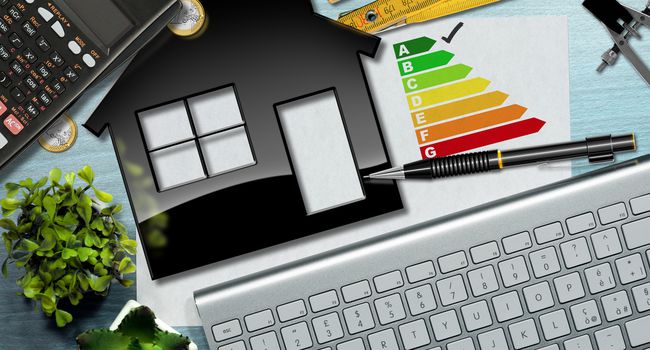
Superbonus 110%, visa of conformity and asseveration
To access the superbonus as already specified in the previous articles on our blog, the "driving" interventions must ensure the improvement of at least two building energy classes, or, if not possible, the achievement of the highest energy class. In the face of such an important facility, the law has provided for special requirements in addition to the ordinary ones, to counter any undue advantages. The taxpayer must therefore obtain the visa of compliance of the data relating to the documentation certifying the existence of the conditions that give the right to the tax deduction, issued by the intermediaries authorized to transmit the returns electronically, as well as by the heads of the CAF.
The taxpayer must also obtain a certificate or certification from the technicians authorized to issue energy certificates (or from the professionals in charge of structural design or construction supervision) that certify the existence of the technical requirements and the fairness of the expenses incurred. Failure to issue certificates or any unfaithful documents result in the application of fines from 2 thousand to 15 thousand euros.
Super bonus 110%, invoice discount and credit transfer
Ruffini also provides us with some information on how the platform works to sell the 110% eco-bonus. It will be inside the fiscal drawer that the taxpayer will have to communicate the transfer; in turn, the assignee must accept the credit by accessing his personal page on the Revenue Agency website.
A mechanism that appears very similar to that already in operation today for ordinary bonuses.
Ruffini recalled that the subjects who incur in the years 2020 and 2021 expenses for certain interventions, including those aimed at saving energy and anti-seismic ones, and those for Superbonus, can opt, instead of directly using the deduction due in the declaration, alternatively for:
- the discount on the invoice, a contribution, that is, in the form of a discount on the amount due, up to a maximum amount equal to the amount itself, advanced by the supplier and which the latter can recover with a tax credit;
- the assignment of the credit corresponding to the deduction, with the possibility also of subsequent assignment to other subjects, including credit institutions and other financial intermediaries.
Tax credits are used in compensation, with the same breakdown into annual installments with which the deduction would have been used (5 or 10 annual installments). The portion of tax credit not used in the year, however, cannot be spent in subsequent years and cannot be requested for a refund, nor further transferred.
